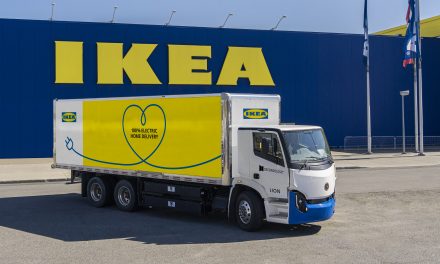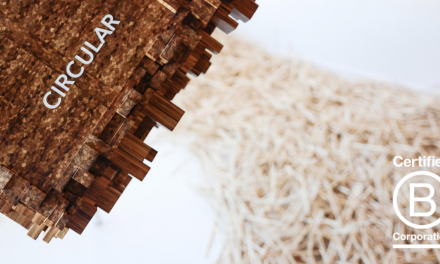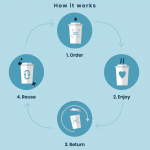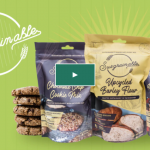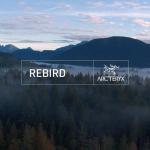Circular economy refers to a system of production and commerce that reuses resources to eliminate waste and keep materials in use. There is a significant movement towards this type of approach from social purpose companies that produce physical products in light of the increasing waste and pollution problems that plague our planet.
This method of producing goods is seen as a viable long-term solution to commerce because it means we can relax our consumption of finite resources in addition to limiting landfill deposits and pollution.
The reason the term circular is used is to represent that the waste of a product can be the input for producing something new.
Types of Circular Economy
Early stages of the circular economy can be seen in our common recycling programs. Through typical recycling, resources like metal, glass, and plastics can be sorted, melted, and repurposed into new materials.
There is also a circular economy of biological waste, typically food and plant waste, that can then be composted and reused for growing or turned into bio-fuels. These systems aren’t as commonly referred to as “circular” because of the end of the life of the resource, though they follow similar principles.
New business models are popping up that are leveraging the waste from one industry, and turning it into a product in another. ChopValue is an excellent example, taking used chopsticks from restaurants and pressing them into new building materials for decor, furniture, signage, and other products. Similarly, Perk Eco, a new Vancouver company that is taking coffee shop waste, such as cups, lids, and spent coffee grounds, and turning them into paper coasters, pet beddin,g and other new products.
Closed-loop circular economy models also exist and are often more “circular” in nature than the previously mentioned models because they can be controlled by one organization and repeated indefinitely.
An example of this is the Adidas Futurecraft Loop sneaker. This particular model is made of virgin plastic but can be returned at the end of its life to be ground up and remade into new sneakers, repeatedly.
Loss In The System
Some circular economy models are more efficient than others, but all will introduce some loss of energy and resources. Even though recycling metal or plastic may produce a new product, the energy consumed to do so means that not using the resource in the first place is still the most environmentally friendly.
Particularly in the case of reusing plastics, the usable material after it is recycled is often at a lower grade. For example, a recycled food-grade plastic may be ground up, melted, and used for something like clothing or building products, but will not be pure enough for the same level of use. This downgrading of resources is common in most models, though some like ChopValue are actually increasing the usefulness of the waste, and are a carbon positive company overall.
There are many avenues of innovation to explore within the circular economy model and many efficiencies to still be made. However, it is a positive movement in the direction of sustainability and care for our planet while also producing economic growth.
Image courtesy of Nick Fewings on unsplash.com




